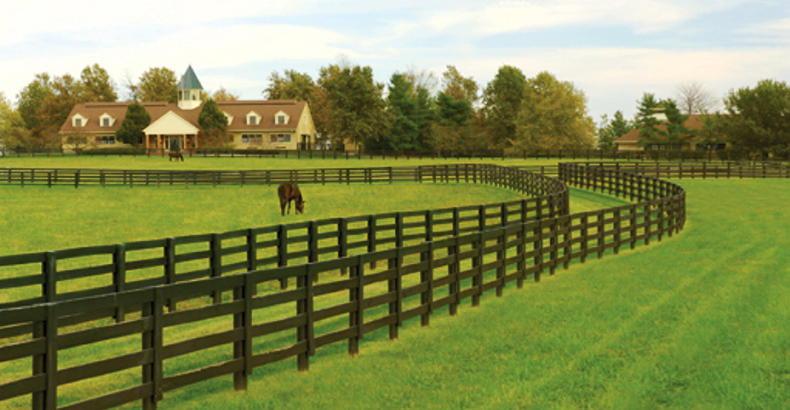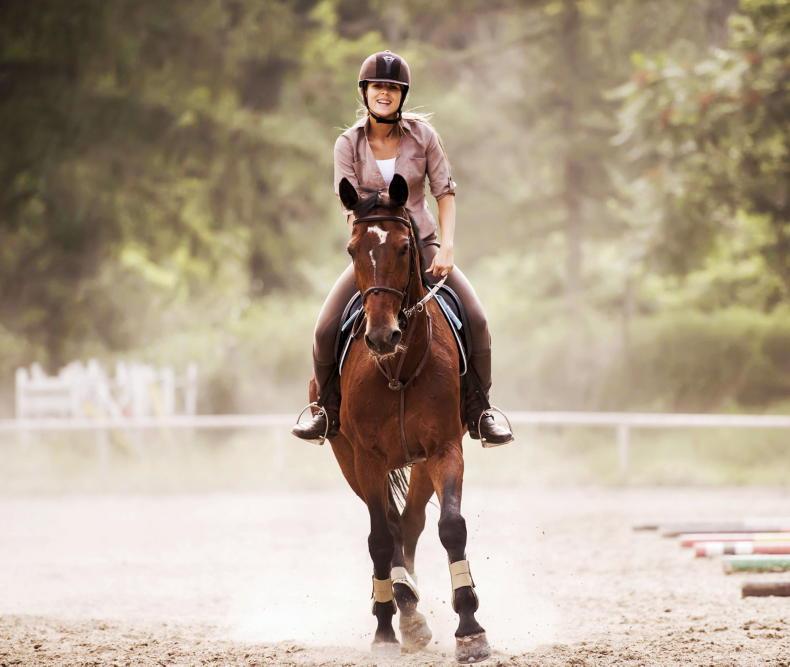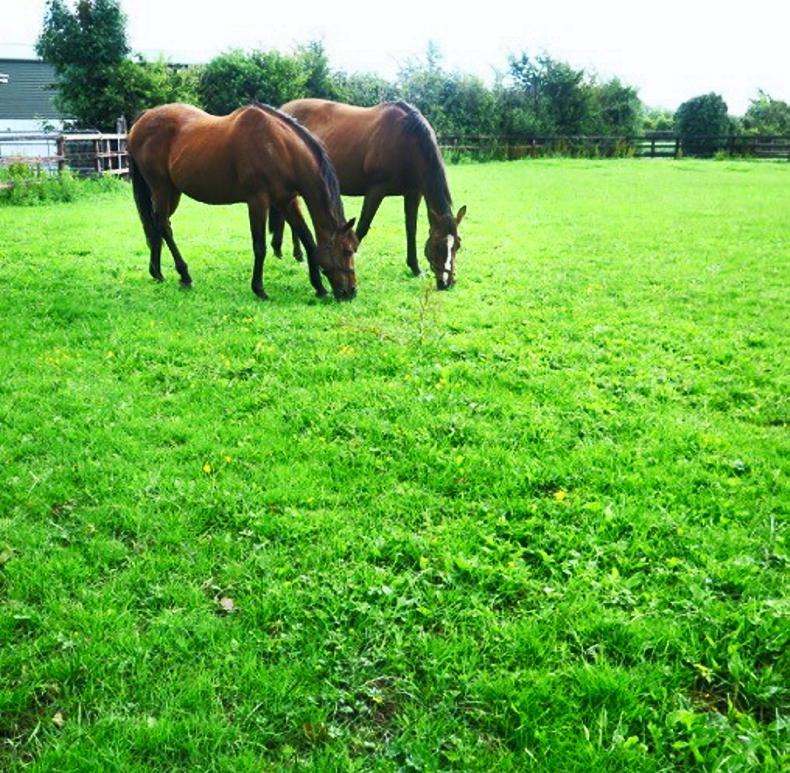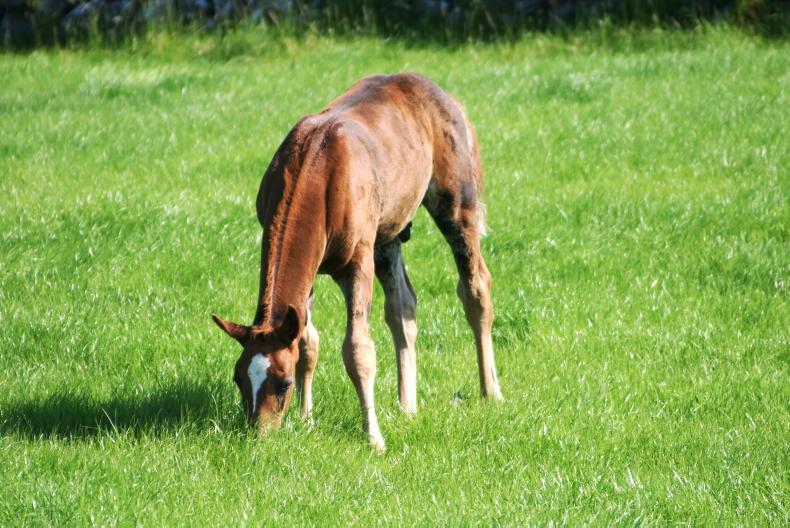NOT all horse owners will have access to sheep or cattle to do the job of cleaning up your grazing fields and paddocks, therefore it may be necessary to top the pasture from time to time. This should remove excess growth well before seed heads form, encouraging new leafy shoots (tillers). Topping should not be left until the grass has become too long as a decaying mass of cut vegetation stifles the growth of new grass underneath. It is better to remove large quantities with a forage harvester and trailer. If the toppings include poisonous plants such as ragwort, it must not be preserved as fodder. Wilted poisonous plants remain poisonous and may become more palatable to horses, resulting in chronic or acute poisoning if ingested.
Chain harrowing may be required, especially in early spring, to remove dead material from the bottom of the sward. This encourages new growth from the base of each grass plant and keeps a bottom in the pasture, preventing the development of bare patches. Chain harrowing in the autumn, when stock is likely to be brought indoors, breaks up and spreads the dung, and gives it every opportunity to disintegrate before the spring. Chain harrowing during the grazing period also spreads the dung effectively but, at the same time, spreads the contamination effect and is likely to lead to greater areas of rejection.
Intensively grazed
Worm contamination is spread by chain harrowing during the growing season. Summer harrowing has the advantage that it leads to more rapid dehydration of worm eggs when conditions are right. In very small, intensively grazed paddocks, the dung should be removed manually or mechanically. To prevent a build-up of parasites this must be done daily as some worm larvae migrate from the dung within a few hours of it being passed. In many cases, this technique is not practical as it is extremely labour intensive and expensive, but regular dung removal is looked upon as good practice.




 This is a subscriber-only article
This is a subscriber-only article
 It looks like you're browsing in private mode
It looks like you're browsing in private mode










SHARING OPTIONS: